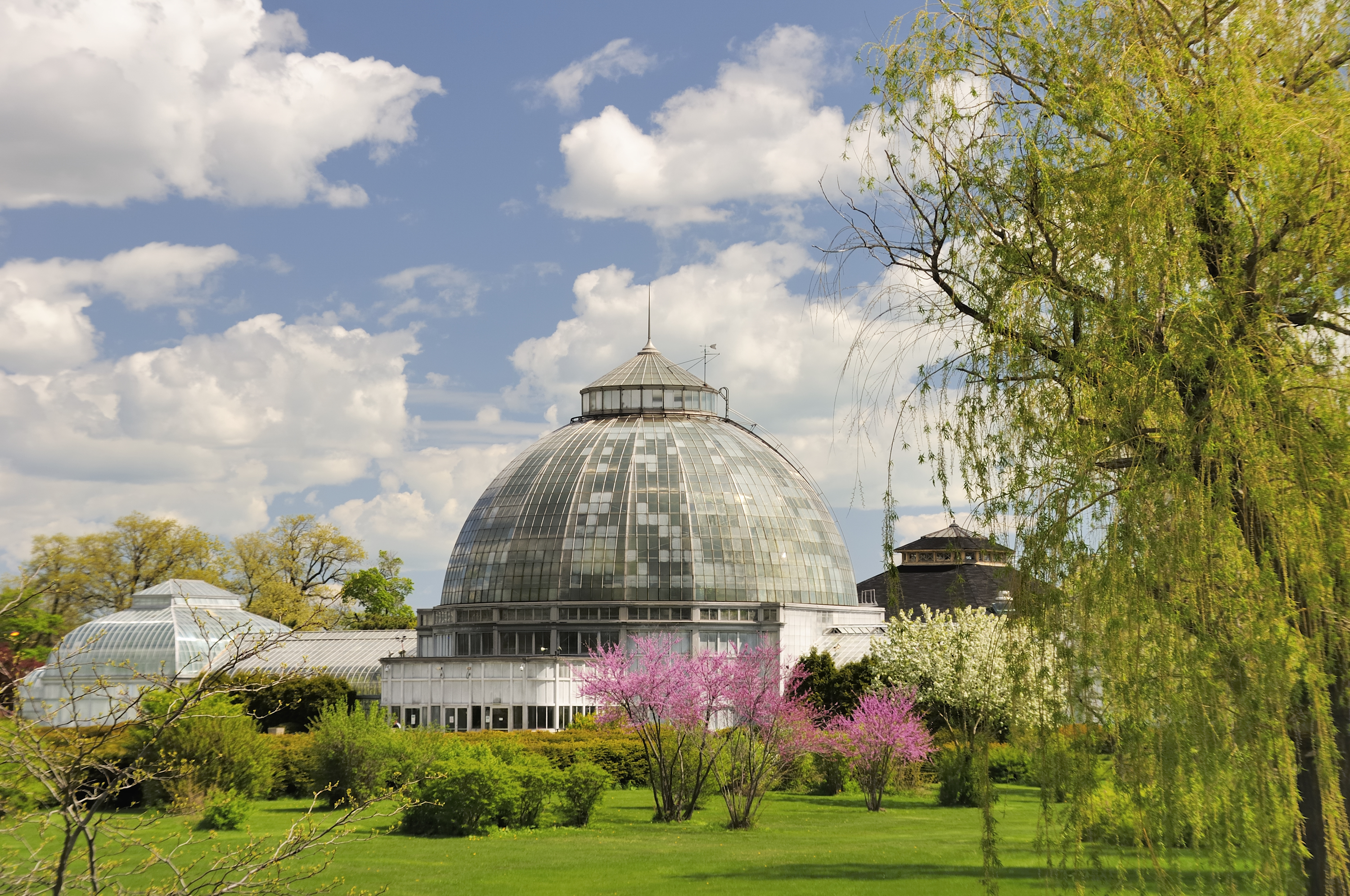Five Rare Plants to Look for at the Botanical Garden

Some of the rarest plants you'll see at your local botanical garden or conservatory may also be the most unusual. Some may take an unusually long time to grow; others may have attributes right out of a sci-fi movie. Here’s what you should know about five of the strangest rare plant specimens—and where you can count on seeing them.
Corpse Flower (Amorphophallus titanum)

Also known as the titan arum, this plant gets its name from the stench it gives off when it blooms. This odor is produced as part of the plant’s reproductive cycle; in the wild, the scent attracts carrion beetles, which are hopefully carrying pollen from other corpse flowers.
How Often It Blooms: It takes 5–10 years for a corpse flower to bloom—and that’s after the plant has taken around 8 years to grow large enough to support the massive bud.
Where It Naturally Grows: The rainforests of western Sumatra.
Where You Can See It: The United States Botanic Garden in Washington, DC, which houses 15 of the rare plants.
Best Chance to See It Bloom: USBG’s last corpse flower bloomed in 2013. They currently have another specimen that’s about the same age and size, and its leaves could start falling off any day. After they do, it will only be a few months before the plant blossoms. Check USBG’s website for a blooming announcement.
Jade Vine (Strongylodon macrobotrys)

This plant needs tropical temperatures, high humidity, and an elevated structure (e.g. a tree) so it can grow upwards. When housed in outdoor botanical gardens, the specimen is often arranged upside down in order to attract bats, which can pollinate the flower.
How Often It Blooms: As far as slow-blooming plants go, this one’s a speed demon that reliably blooms once a year. However, it’s very rare that the blossom actually produces seeds. When it does, the bean pods come out in the shape of corkscrews.
Where It Naturally Grows: The Philippines.
Where You Can See It: The Chicago Botanic Garden in Glencoe, IL.
Best Chance to See It Bloom: The CBG’s single specimen, which arches above a walkway, should bloom in mid-April. Stay updated on its status here.
Vanilla Orchid (Vanilla planifolia)

The vanilla orchid has the tiniest seeds of any plant species, which contributes to its slow growth rate. Like the jade vine, it needs a tree or some other elevated structure to grow upwards to 30 feet.
How Often It Blooms: The plant takes around eight years to mature, then blooms once every spring for only 24 hours. It must then be hand-pollinated within the first 12 hours so it can grow the following year.
Where It Naturally Grows: South Florida, Central and South America, Tahiti, and Madagascar.
Where You Can See It: The Fairchild Tropical Botanic Garden in Coral Gables, FL.
Best Chance to See It Bloom: Although the Garden’s International Orchid Festival just passed, some of the four onsite species of vanilla orchid may start to bloom between May and June.
Giant Agave (Agave salmiana)

A massive succulent, this spindly plant has a circle of leaves that can grow up to 12 feet wide and 6 feet tall. It can also reproduce asexually, often growing several smaller versions of itself.
How Often It Blooms: One of the slowest growers on this list, the giant agave only blooms once every 35 years. It makes up for all that lost time by flowering for up to seven months.
Where It Naturally Grows: Central and Southern Mexico.
Where You Can See It: The San Francisco Botanical Garden in San Francisco, CA.
Best Chance to See It Bloom: SFBG has been fortunate enough to average one flowering giant agave per year, which you can see throughout the summer months.
Century Plant (Agave Americana)

“Century plant” is a bit of a misnomer—it takes around 30 years for this beauty to reach blooming size. It uses all this time to store energy, which then gives life to a 30-foot stalk that resembles a giant asparagus and produces hundreds of golden blooms.
How Often It Blooms: After its 30 years of maturing, the plant flowers every few years, then less frequently until its death.
Where It Naturally Grows: Mexico, Arizona, and Texas.
Where You Can See It: The New York Botanical Garden in New York City, NY.
Best Chance to See It Bloom: You can see some smaller species in the desert galleries right now. However, the largest specimen last bloomed here 10 years ago, and it’s unclear when it will bloom again.

Photos: Corpse flower courtesy of US Botanic Garden. Jade vine courtesy of Chicago Botanic Garden. Vanilla orchid courtesy of Fairchild Tropical Botanic Garden. Agave ferox (variety of Agave salmiana) at the San Francisco Botanical Garden, courtesy of Wikimedia Commons. Century plant courtesy of New York Botanical Garden.